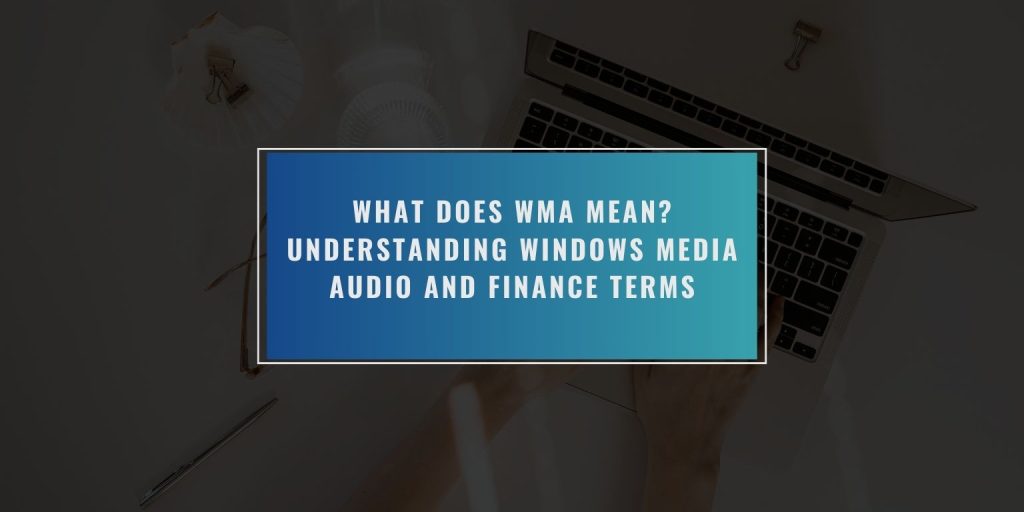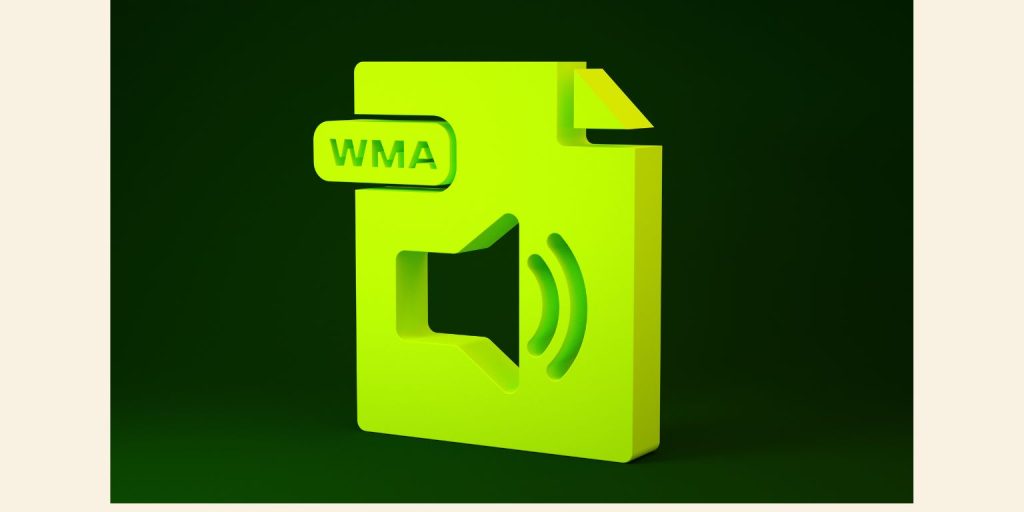WMA stands for more than one thing, and that’s why it can be confusing. If you’ve seen this term online or in a document, it likely refers to either a digital audio format or a financial term used by the Indian government.
In this guide, we’ll explain both main meanings of WMA in simple terms. You’ll also see where WMA is used and how it compares with similar terms. Whether you’re dealing with music files or reading about money, we’ve got you covered.
What Is WMA? A Look at Windows Media Audio Format
The most common meaning of WMA is Windows Media Audio. It’s a type of digital file used to store music and other sound recordings. Microsoft created this format to compete with MP3 and other audio file types.
WMA files are designed to be small in size while keeping good sound quality. This helps save storage space. You’ll often find WMA used in older Windows-based music players, portable devices, or streaming apps that support Microsoft formats.
WMA uses compression, which means it shrinks audio files to use less data. The format works best with Windows Media Player and similar tools. However, not all modern devices play WMA easily, especially mobile ones that favour MP3 or AAC formats.
Should You Use WMA Instead of MP3?
MP3 is still the most widely used audio file type. But WMA has its strengths. Here’s how they compare:
- File Size: WMA files are smaller than MP3 at the same quality level.
- Sound Quality: WMA often sounds better than MP3 at lower bitrates.
- Device Support: MP3 works on almost everything. WMA mostly works on Windows devices.
- Software: MP3 can be played on any media player. WMA needs Windows Media Player or special apps.
If you use Windows and need smaller file sizes, WMA might work well. But for better compatibility across all devices, MP3 is a safer choice.
WMA in Finance: Ways and Means Advances
In finance, WMA means something totally different. It stands for Ways and Means Advances, a short-term borrowing tool used by the Reserve Bank of India (RBI) to help the Indian government manage cash flow.
Let’s say the government doesn’t have enough money in hand to pay for something today but knows it will receive funds soon. In that case, it can ask RBI for a temporary loan through WMA. This helps avoid payment delays without taking on long-term debt.
These advances are usually repaid within a few weeks. Think of them like an overdraft facility for the government—a backup option to keep things running smoothly when income and expenses don’t line up.
Types of WMA in Finance
There are two main types of Ways and Means Advances:
- Normal WMA: Regular temporary loans are given for short periods.
- Special WMA: Given against government securities or assets.
The amount and duration of these advances are fixed based on rules set by the RBI. If the government takes too long to repay, it may need to pay interest, just like with any other loan.
Why WMA Has More Than One Meaning
As you’ve seen, WMA means very different things depending on where it’s used. In tech, it’s a music file format. In public finance, it’s a loan method for government spending.
Sometimes, WMA can also show up in other fields. For example, in statistics, WMA may mean Weighted Moving Average—a method to analyse trends in numbers.
So how do you know which one someone means? Look at the context. Are you reading about audio players or money policy? That tells you what WMA refers to.
Final Thoughts
WMA can sound confusing at first. But once you know the context, it’s simple. In music, it’s a file format made by Microsoft. In finance, it’s a short-term tool used by the RBI to help the Indian government.
Now that you know what WMA means, you’ll understand it better the next time you see it in a file name or news article.
Have you seen WMA used differently?
Leave a comment and tell us where you came across it. Someone else might be wondering the same thing.



